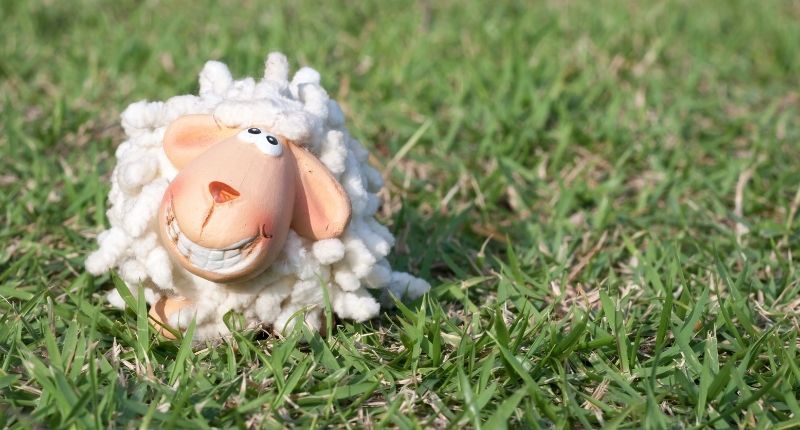- The NAB Rural Commodities Index was up another 2.5% in June
- BOM’s three-month outlook points to wetter than average conditions
- A possible UK-Australia Free Trade Agreement could also open up markets
With half the year almost gone, 2021 is looking like being a pretty good year for agricultural producers and the rural economy more generally.
Overview
NAB‘s Rural Commodities Wrap for June shows that a combination of strong prices for agricultural commodities and a strong growing season across most of the country all point to a solid 2021, which followed an “excellent” 2020.
Cattle prices are near all-time records, and grain prices are also rising. Estimates for this year’s crop point to it being above average, with the Australian Bureau of Agricultural and Resource Economics (ABARES) seeing 27.8 mm tonnes of wheat production.
All in all, the NAB Rural Commodities Index was up 2.5% compared to May, which is 6.2% above the same time last year.
NAB Rural Commodities Index, by state, 2010-2021

In addition, the UK and Australia have agreed on general terms for a post-Brexit Free Trade Agreement, the first such agreement for the UK since leaving the EU, other than renewing existing arrangements.
Although yet to be ratified by both parliaments, the Australian agricultural sector should enjoy far greater access to UK markets as a result.
BOM Rainfall Outlook, July-September 2021

“Seasonal conditions are generally very good in most of New South Wales, but a little more mixed elsewhere. Victoria is wetter than average in Gippsland, about average in
central Victoria and the north-east, but still a little dry in western Victoria and into south-east South Australia. The west is a little drier than average in some areas, but wetter in others and sentiment there is very strong for the season ahead,” said the report.
Last month, there was concern about dry conditions in south-east Australia, however, this has dissipated. Western Victoria and south-east South Australia remain a little dry, as is much of Queensland cattle country.
The Bureau of Meteorology’s three-month outlook points to wetter than average conditions across the country over winter and into spring.








